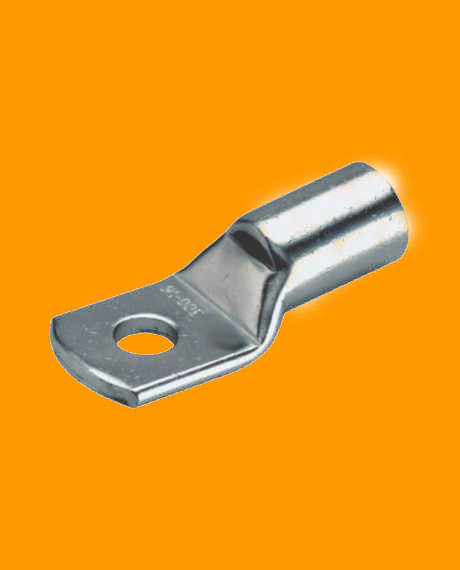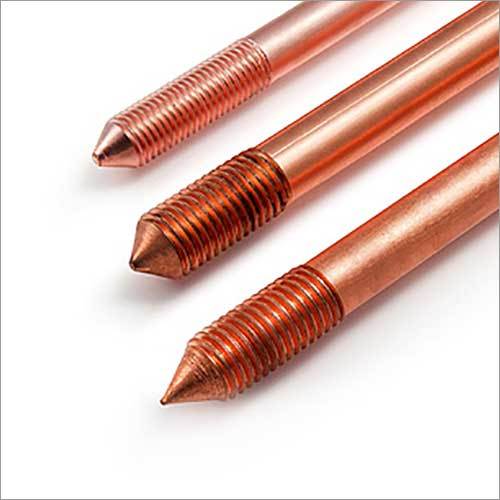Antimony trioxide (Sb₂O₃) is a white, crystalline powder widely used as a flame retardant synergist, an opacifying agent in glass, and a catalyst in plastics and textiles. Its critical role across multiple industries makes it a highly valuable chemical, and understanding the Antimony trioxide production cost is essential for manufacturers, investors, and supply chain managers.
This article explores the major cost determinants, production processes, and optimization strategies, along with key FAQs to give a complete picture of cost dynamics in antimony trioxide production.
Introduction to Antimony Trioxide
Antimony trioxide is primarily obtained from the oxidation of antimony metal or antimony sulfide ores (such as stibnite). Its primary application lies in enhancing flame retardancy when combined with halogenated compounds. Additionally, it is used in ceramics, enamels, rubber, glass, and certain chemical syntheses.
Given its diverse applications, producers and end-users pay close attention to the Antimony trioxide production cost, as it directly impacts pricing trends and market competitiveness.
Key Factors Influencing Antimony Trioxide Production Cost
1. Raw Materials
The most significant cost component is the availability and procurement of raw materials. Antimony is extracted from ores, and fluctuations in ore quality, mining output, and global reserves heavily affect costs. In some cases, recycling of antimony-bearing materials is also considered.
2. Production Process
The two main processes for producing antimony trioxide are:
- Direct Oxidation Process: Metallic antimony is oxidized in a furnace to yield antimony trioxide.
- Indirect Oxidation Process: Antimony sulfide ores (stibnite) are roasted, producing antimony oxide as an intermediate, which is further refined.
Each method involves energy-intensive steps, specialized equipment, and emissions management, contributing to cost structures.
3. Energy Consumption
Both processes require significant heat input for roasting, oxidation, and refining. The cost of electricity, fuel, and heat recovery systems influences overall production expenses. Regions with higher energy costs often face elevated production costs compared to energy-abundant locations.
4. Labor and Workforce
Operating and maintaining furnaces, handling hazardous emissions, and managing refining stages require skilled labor. Labor cost is a steady contributor to total production expenses.
5. Environmental Compliance
Antimony trioxide production generates emissions that must be carefully managed to meet regulatory standards. Investment in pollution control equipment, dust collectors, and emission monitoring systems adds to costs.
6. Equipment and Maintenance
Furnaces, oxidizers, scrubbers, and material handling systems must be robust enough to handle high temperatures and corrosive environments. Regular upkeep and periodic upgrades are necessary to sustain efficiency.
7. Packaging and Distribution
Antimony trioxide is shipped as a fine powder, requiring dust-proof packaging. Transportation costs also vary based on distance from mining and production facilities to global markets.
Strategies to Optimize Antimony Trioxide Production Cost
- Ore Quality Optimization: Using higher-grade ore reduces refining steps and energy requirements.
- Energy Recovery Systems: Implementing waste heat recovery helps offset high fuel costs.
- Process Automation: Advanced monitoring systems minimize losses and improve efficiency.
- Recycling: Incorporating recycled antimony-bearing waste materials can reduce dependence on virgin raw materials.
- Sustainability Measures: Investing in emission control technologies ensures compliance while avoiding penalties.
Market Outlook
With growing demand for flame retardants in electronics, construction materials, and textiles, antimony trioxide remains a critical industrial material. However, global supply constraints of antimony ore and tightening environmental regulations are reshaping cost dynamics. Producers focusing on efficiency and sustainability will be better positioned in the evolving market landscape.
Frequently Asked Questions (FAQ)
Q1: What is the primary factor affecting Antimony trioxide production cost?
The cost of raw materials, particularly antimony ore or metallic antimony, is the biggest determinant.
Q2: Which process is more cost-efficient, direct or indirect oxidation?
Direct oxidation from metallic antimony is often simpler but depends on raw material availability. Indirect oxidation from stibnite is common in ore-rich regions but involves additional processing.
Q3: How significant is energy consumption in cost structure?
Energy is a major contributor, as high temperatures are required for oxidation and refining. Fuel and electricity prices directly affect overall costs.
Q4: What role does environmental compliance play in production cost?
Strict emission regulations require advanced dust control and monitoring systems, which add to capital and operating costs.
Q5: Can recycling help reduce production costs?
Yes, recycling antimony-containing materials reduces reliance on mined ores and can lower raw material expenses.
Q6: Which industries drive demand for antimony trioxide?
Electronics, plastics, textiles, rubber, glass, and ceramics are the key consumers, with flame retardancy applications leading demand.
Q7: How does transportation influence cost?
As a fine powder requiring safe packaging, transportation costs vary based on distance, logistics infrastructure, and export-import regulations.
Contact Information
Company Name: Procurement Resource
Contact Person: Ashish Sharma (Sales Representative)
Email: sales@procurementresource.com
Location: 30 North Gould Street, Sheridan, WY 82801, USA
Phone: UK: +44 7537171117
USA: +1 307 363 1045






Comments (0)
Login to post a comment.